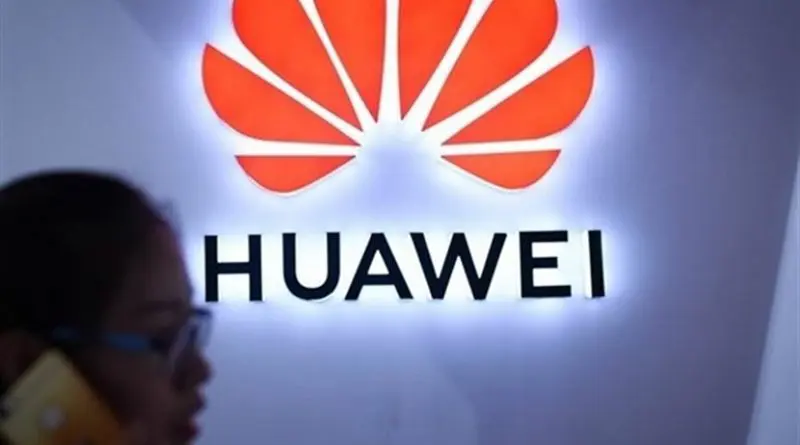Why We Need To Prepare For The 5G Revolution – OpEd
By Arab News
By Nidhal Guessoum*
Ren Zhengfei, the CEO of Huawei, the giant Chinese information and communications technology company, last week gave a long interview to The Economist in which he stated that he would gladly sell all of his company’s 5G technology to any Western company that may wish to buy it.
That announcement reverberated around the world due to its strategic significance. Indeed, the US government has banned American companies, including and especially Google (which makes the operating software Android for all smartphones other than iPhones, not to mention the Google search engine, the Google Maps tool, and other widely used and important software), from dealing with Huawei. Why? Because of suspicions that Huawei may plant electronic moles in its mobiles and/or networking equipment.
This is where the new, fifth generation (5G) mobile networks come in. These new networks, which American and British companies have started to deploy in parts of many cities, can connect to any device and at high speed. And that’s where the battles with Huawei appear: If the 5G network is to connect to various devices in ministries, universities, companies, airports and other high-value places, then they had better not be installed by a company that might siphon out sensitive information for the benefit of the Chinese government, or at the very least commercial and technological competitors.
Why is the problem appearing now, with 5G, and not before? 5G networks use high radio frequencies (from 30 to 300 gigahertz), compared to 4G, which uses “low bands” (1 to 6 GHz) or “mid bands” (6 to 10 GHz or so). And those high frequencies give the new networks two important, game-changing advantages: First, they allow for very high download and upload speeds (more than 1 gigabit per second, which is 10 to 100 times faster than what 4G can provide), and, secondly, they have “low latency,” meaning that the time interval between sending a signal and getting a device to execute the command is very short (less than a millisecond, again at least 10 times faster than 4G). And, finally, another technological development, known as MIMO (multiple-input, multiple-output), allows 5G antennas to simultaneously communicate with tens of devices.
One significant disadvantage of the 5G technology, however, is that those high frequencies have short ranges and less penetration into buildings, which will thus require numerous antennas everywhere around us. On the other hand, the antennas are small and will be easy to hide.
One can thus readily imagine the many important applications that his technology will allow for: The ability to remotely control machines and instruments from afar, even from another city or country, via the internet. This will apply to both big equipment (in factories, ports, etc.) and small, fine devices (in hospitals, homes, etc.).
Are there any problems to keep in mind with this upcoming technology, other than the security issue that I mentioned with regard to Huawei? There are the possible health hazards that some people have been raising. Indeed, in a few European cities, some groups have conducted protests, claiming that 5G’s high-frequency radio waves and antennas will have an adverse impact on people’s health, and this has forced some municipalities to delay or change their 5G network plans.
Are there really health hazards associated with these radio waves and their antennas? Radio waves are “non-ionizing radiation” (all electromagnetic waves are referred to as “radiation” in physics); because they occupy the bottom of the electromagnetic energy spectrum, they cannot affect the atoms and molecules in our cells. Radio waves can only contribute heat, and only at high exposure levels — that is with high intensities and over long durations.
Doubters claim that high exposure can occur for those who live near powerful antennas. They cite one study that showed male rats developing cancerous tumors when subjected to high doses of those high-frequency radio waves. However, the intensities in that experiment were four times those permitted in our environment, not to mention that it was only one experiment and only on rats.
Skeptics also point to reports from people who have complained of various health effects, presumably caused by such waves: Headaches, dizziness, tinnitus, eye inflammation, high blood pressure, chronic fatigue, etc.
And, last but not least, they point to a possible impact on very young children (since antennas will be everywhere, including near kindergartens), pregnant women, elderly people, etc. Better to be safe than sorry, they insist: Adopt and apply the principle of precaution.
While 2020 is often mentioned as “the year the world will go 5G,” and although companies have started to roll out the networks and the devices that will be needed to use them, it will take several years, perhaps even a decade, for the 5G “revolution” to be felt by us all.
In the meantime, it would be wise to conduct research on various aspects of the technology, first and foremost any possible hazardous health effects, but also the social impact that the technology will have, in both private and work environments. The digital revolution, which transformed the world with computers, then changed it again with the internet, Wi-Fi, and smartphones, is about to go into a higher gear; we need to prepare for it.
• Nidhal Guessoum is a professor of physics and astronomy at the American University of Sharjah, UAE. Twitter: @NidhalGuessoum

